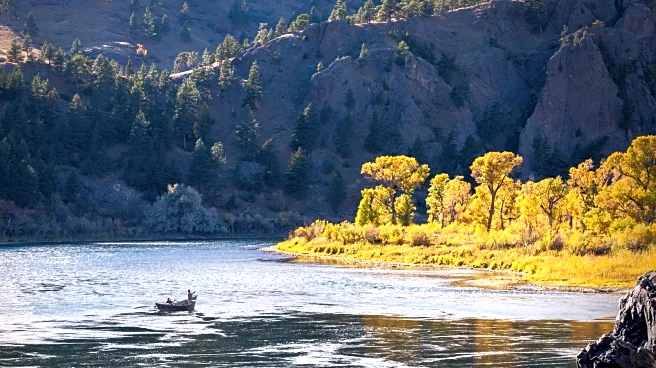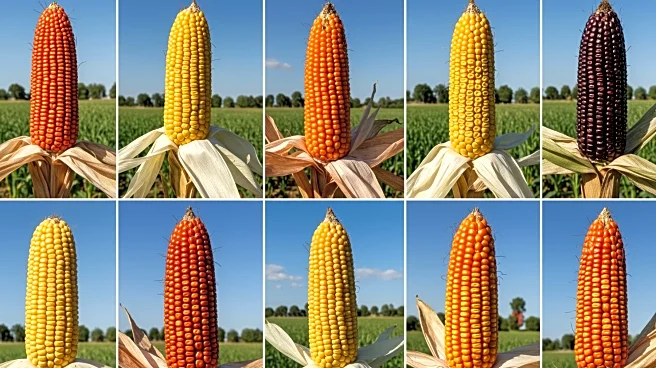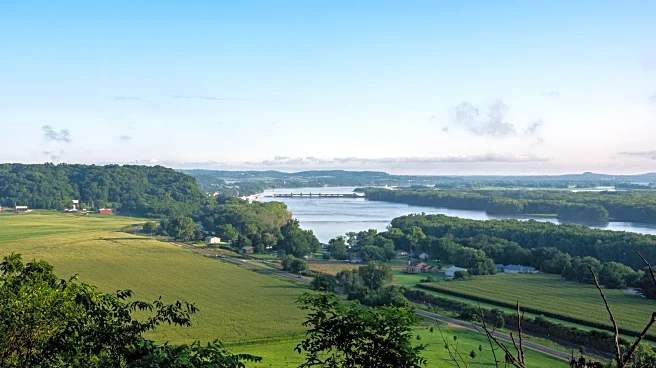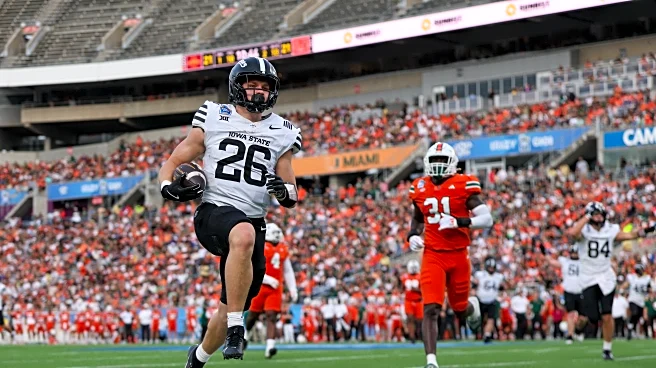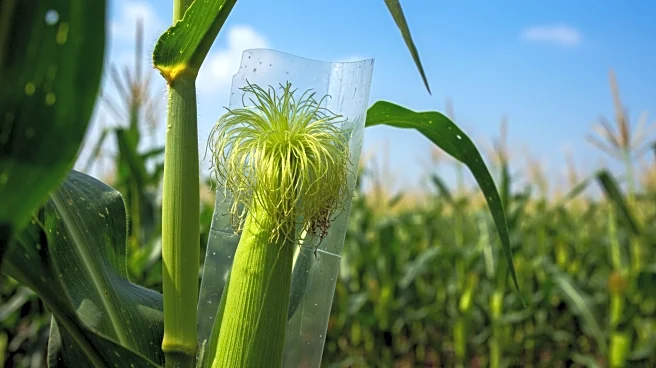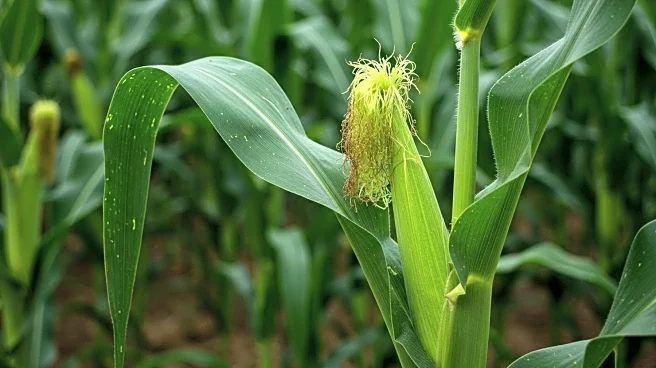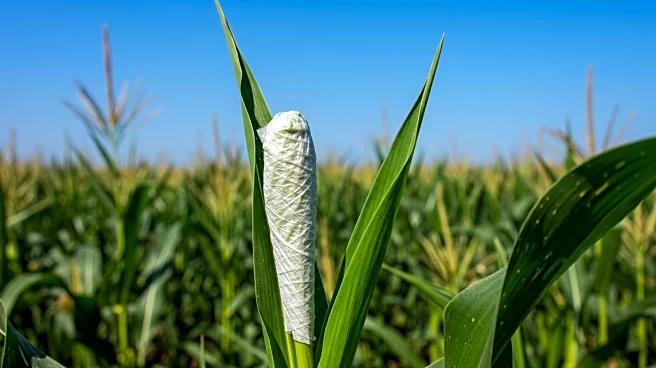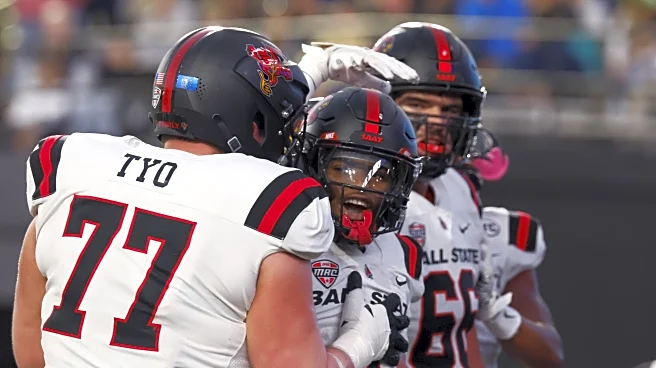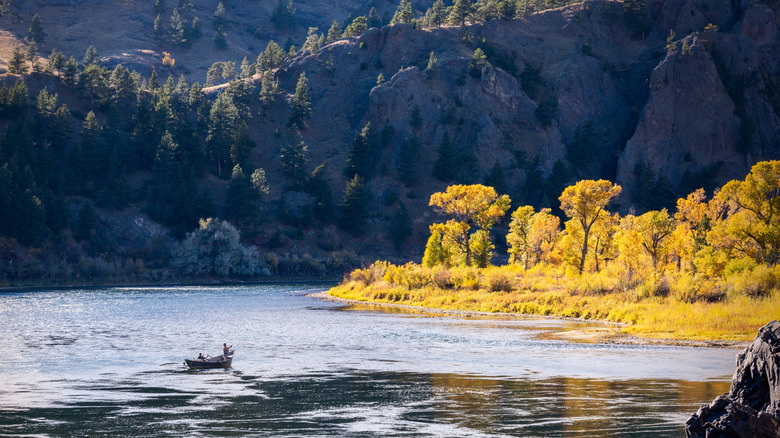
While the most famous river in the United States is likely the Mississippi River, it's not actually the longest. In fact, the title of North America's longest river belongs to the Missouri River, the storied waterway that once caused John Steinbeck to remark: "I came on it in amazement. Here is where the map should fold. Here is the boundary between east and west."
The "mighty Mo" begins with the confluence of the Madison, Gallatin, and Jefferson Rivers near Bozeman, Montana's best college town, situated
between Helena and Yellowstone National Park. It then snakes its way through seven states, from Montana to North Dakota, South Dakota, Nebraska, Iowa, Kansas, and Missouri. On the border of Missouri and Illinois, it meets the Mississippi River, ending its nearly 2,500-mile (4,000 km) journey.
Long before Lewis and Clark made their way West, the Missouri was the lifeblood of the Great Plains (and therefore referred to as the "Center of Life"), providing necessary water, nutrients, and passage for animals and people, from Paleo-Indians to later tribes such as the Mandans, Sioux, and Omahas. The Lewis and Clark Expedition relied on the Missouri River for transportation, and it was an essential feature for the expansion of the American West. It continues to provide all of the above and more, including irrigation, power, and recreation for current denizens (humanity and wildlife alike). From the mountains of Montana to the plains of Missouri, the "Big Muddy" (so named for its heavily sedimented waters) is a favorite for canoers, kayakers, boaters, anglers, water skiers, historians, naturalists, bird watchers, rafters, campers, and more.
Read more: The 14 Best Botanical Gardens In America, According To Reddit
North America's Longest River: The Mighty Missouri
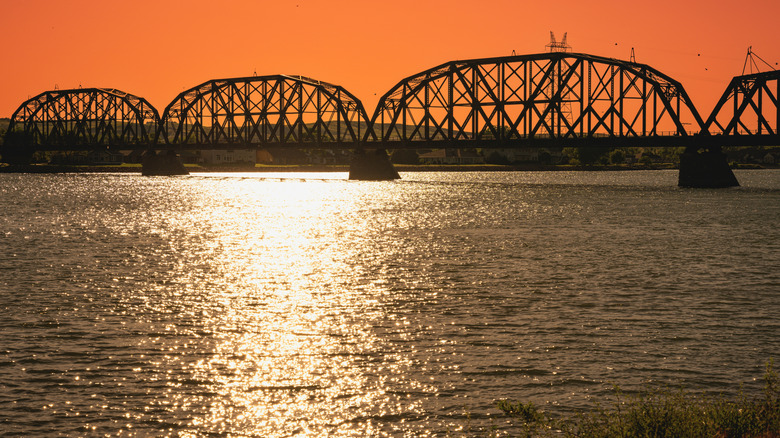
As it traverses from Montana to Missouri, the Missouri River encompasses many towns, cities, and landmarks -- like the Gates of the Mountains, which, situated between Yellowstone and Glacier National Park, is considered one of the West's best stretches of river. Part of the river is designated a "Wild and Scenic River," and many designated state parks or national monuments lie along its banks. There's Missouri Headwaters State Park in Three Forks, Montana, and the Upper Missouri River Breaks National Monument, perhaps the most scenic section of river in the lower 48. In North Dakota, there's Fort Mandan State Historic Site; in South Dakota and Nebraska, the epic 100-mile stretch known as the Missouri National Recreational River. In the river's namesake state (yes, the river came first!), you'll find Jones-Confluence Point State Park, where the Missouri joins the Mississippi.
Although the river is consistently muddy — Mark Twain famously noted "The Missouri River is too thick to drink, and too thin to plow," and William Clark (of the Lewis and Clark Expedition) wrote in his journal that the water they were drinking from the Missouri during their journey "contains half ... a glass of ooze or mud in every pint." Although the Missouri is heavily dammed, this sediment isn't "dirty," and the Missouri is considered safe for recreation (although probably not for drinking these days ... and maybe not even back when Mr. Clark drank it, unless he enjoyed drinking sand). A unique feature of the Missouri is this high sediment load -- so high that a slower or still spot in the river will, in a matter of hours, create a mudflat or even a sandbar.
Despite its muddiness, the Missouri is one of North America's most breathtaking sights, especially as it passes through some of the West's most pristine nature. The Upper Missouri in Montana, the Badlands in South Dakota, the stretch in Nebraska ... it remains one of the most enduring symbols of the American West (and Midwest).
Recreation And Otherworldly Beauty From Montana To Missouri
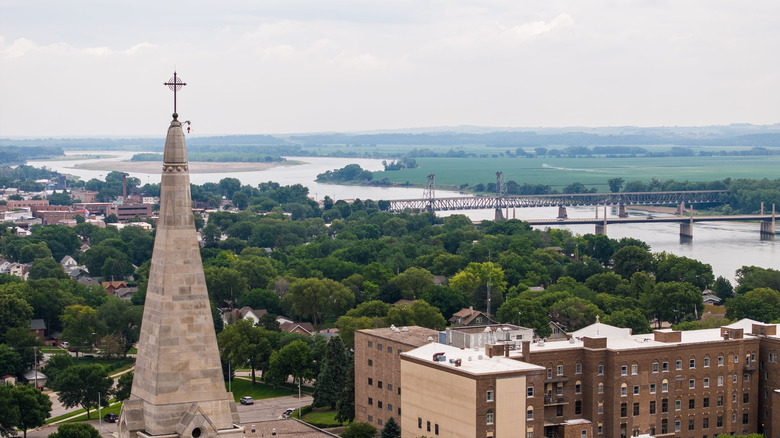
The diverse array of landscapes traversed by the Missouri River provides endless recreation opportunities. In Montana, the Upper Missouri River Breaks National Monument is home to White Cliffs, one of the most dramatic stretches of the river. Eagle Creek, across from White Cliffs, is popular with campers, with trails to a stunning slot canyon or ancient petroglyphs. Paddlers take multi-day trips along the Upper Missouri, and hunters and anglers make use of the river for their pursuits. (Note: you have to obtain the proper permits at the Upper Missouri Breaks Interpretive Center in Fort Benton or in the Lewistown Field Office.)
Another stretch of river rife with recreational pursuits is a true "vestige of the untamed American West," the 100-mile-long section known as the Missouri National Recreational River, which travels between Nebraska and South Dakota. Here there's the standard boating, incredible birding and fishing opportunities, endless vistas best reached by hiking, and even paddlefish archery.
And it's not just about what you can do on the water; many important and/or charming cities have sprung up around this "Center of Life," including major population centers like Omaha (Nebraska) and Jefferson City (Missouri's capital). There are also smaller hamlets like Fort Benton, a historic Montana prairie town, or Arrow Rock, an underrated Missouri River town with cozy B&Bs, scenic hikes, and cute shops, to name just a few.
If there's one thing for certain, this wild and scenic river endures. As said by writer and historian William Least Heat-Moon: "I have not been on any river that has more of a distinctive personality than does the Missouri River. It's a river that immediately presents to the traveler, 'I am a grandfather spirit. I have a source; I have a life.'" And so it will continue to endure.
Ready to discover more hidden gems and expert travel tips? Subscribe to our free newsletter for access to the world's best-kept travel secrets.
Read the original article on Islands.
